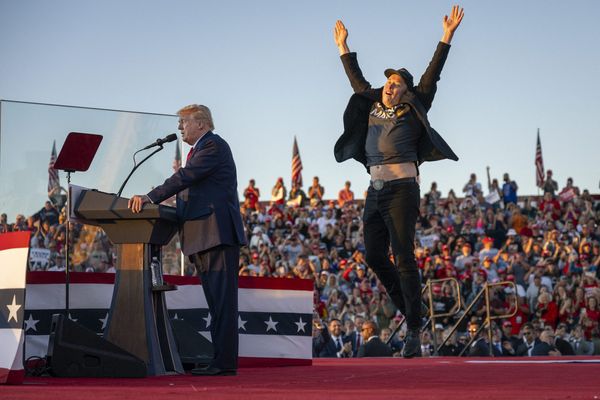
Washington (AFP) - The US trade gap widened in September after five straight months of decline, government data showed Thursday, on cooling food and energy exports while imports of products like semiconductors and consumer goods picked up.
Although companies had rushed to replenish depleted inventories to meet strong demand from consumers, analysts caution that domestic demand in the United States would weaken while a strong dollar and slowing global growth bog down exports.
In September, the overall trade deficit widened to $73.3 billion, up from a revised $65.7 billion figure in August, Commerce Department data showed.
The expansion was more than analysts expected and came as exports dipped to $258 billion on a drop in industrial supplies such as crude oil and food like soybeans.
Imports rose to $331.3 billion, helped by shipments of semiconductors and consumer goods including cell phones.
The imports rise in September was "likely a result of businesses pulling in holiday inventory in early to avoid supply disruptions," said Matthew Martin of Oxford Economics in a note.
But a "precipitous decline in ocean and air freight volumes, coupled with the recent slowdown in the trucking market, signal a clear slowing of domestic demand," he added.
The US deficit with China decreased $1.4 billion to $32.1 billion in September, data showed.
While there has been strong demand from US consumers, soaring inflation has raised concerns that shoppers will pull back, causing firms to become more cautious.
The Federal Reserve has been raising interest rates aggressively to cool the economy and bring down surging prices, but stubbornly high costs has meant many families have to spend a greater share of their incomes on staple goods.
The central bank announced a fourth straight bumper rate hike on Wednesday, with Fed Chair Jerome Powell saying that it remains "premature" to think about pausing the increases.
Higher interest rates have also strengthened the US dollar, making American goods relatively more expensive, which could weigh on exports.
"Looking ahead, trade flows are likely to weaken," said economist Rubeela Farooqi of High Frequency Economics in an analysis.







